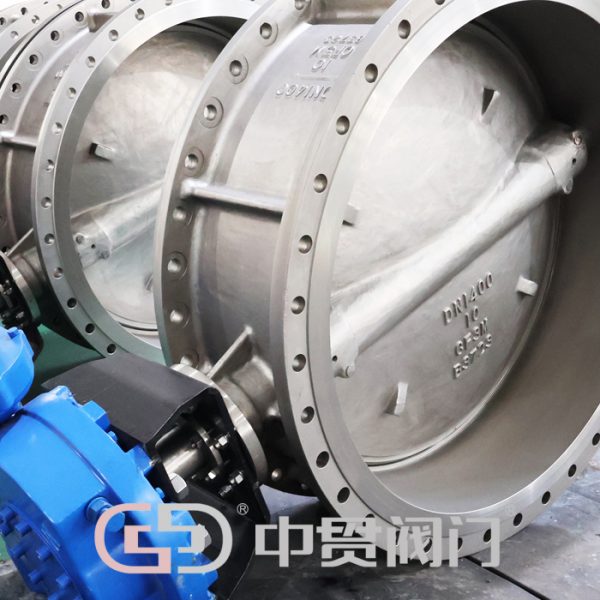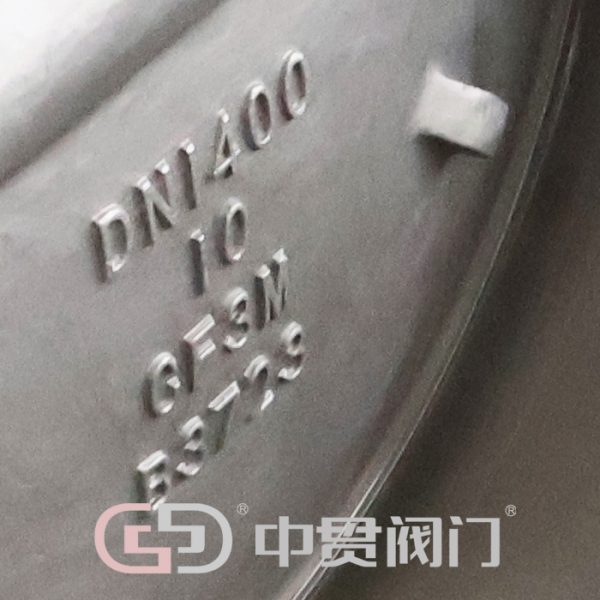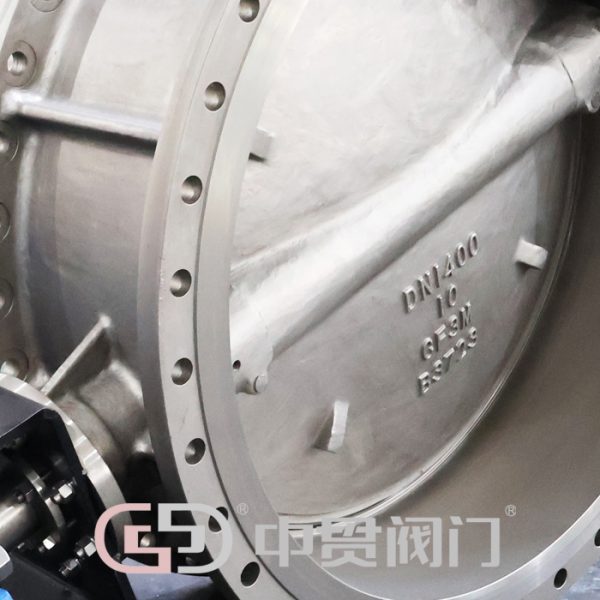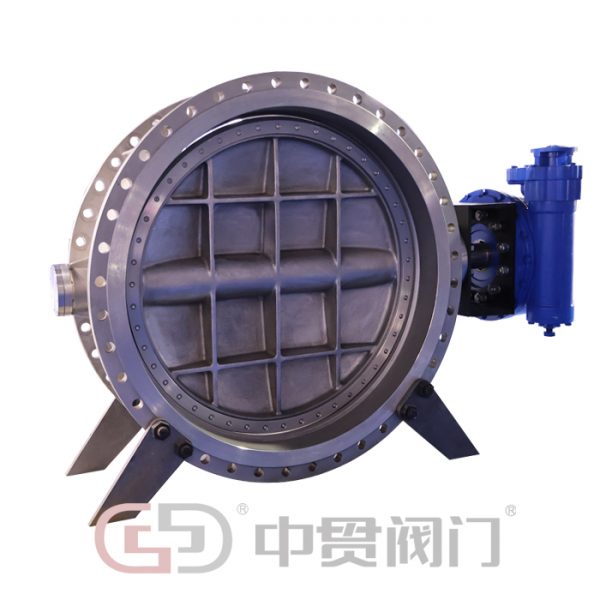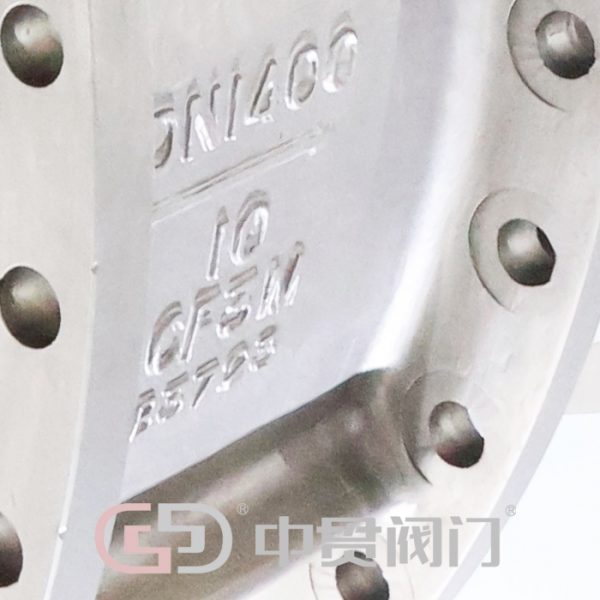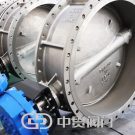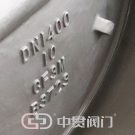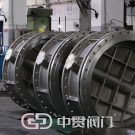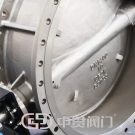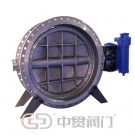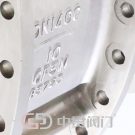API Standard Stainless Steel Flange Type Eccentric Triple Offset Butterfly Valve
What Is Triple Offset Butterfly Valve?
A triple offset butterfly valve is a type of valve used in various industries to control the flow of fluids, such as water, gases, and chemicals. The “triple offset” design refers to three key features that set it apart from other butterfly valves:
- First Offset: The axis of the valve stem is offset from the centerline of the valve body. This means the valve seat and disc are not aligned with the center of the valve body, which reduces friction and wear during operation.
- Second Offset: The seat plane is offset from the centerline of the valve body. This offset helps to minimize the contact area between the disc and the seat, which reduces the torque required to operate the valve and increases its lifespan.
- Third Offset: The disc is rotated around an axis that is perpendicular to the seat plane. This rotation helps to achieve a tight seal by allowing the disc to move away from the seat as it opens, and then seal tightly against it as it closes.
These offsets contribute to a few key advantages:
- Improved Sealing: The design minimizes leakage and provides a tight seal, which is particularly important in high-pressure and high-temperature applications.
- Reduced Wear: Because the disc does not rub against the seat during operation, wear and tear are reduced, extending the valve’s service life.
- Low Torque: The offset design requires less torque to operate the valve, which can lead to more efficient use of energy and reduce the need for larger actuators.
Triple offset butterfly valves are often used in industries such as oil and gas, chemical processing, and power generation, where reliable performance and durability are crucial.

Applications of Triple Offset Butterfly Valves
Triple offset butterfly valves are used in a variety of demanding applications due to their durability and performance characteristics. Common applications include:
- Oil and Gas: Used in pipelines for oil and gas transport, including upstream, midstream, and downstream processes.
- Chemical Processing: Ideal for handling aggressive chemicals and high-pressure fluids in chemical plants.
- Power Generation: Used in power plants for steam and water control, including in boilers and turbines.
- Petrochemical Industry: Effective for controlling the flow of petrochemical products and derivatives.
- Water and Wastewater Treatment: Employed in water treatment facilities to manage the flow of water and wastewater.
- Marine and Offshore: Utilized in shipbuilding and offshore platforms for fluid control under harsh environmental conditions.
- Mining: Used in mining operations to control the flow of slurries, chemicals, and other materials.
These valves are chosen for their reliable sealing, ability to handle high pressures and temperatures, and low maintenance requirements.
How to Choose Correct Triple Offset Butterfly Valves
Choosing the right triple offset butterfly valve involves several key considerations:
- Application Requirements: Assess the pressure, temperature, and type of fluid the valve will handle to ensure it matches the valve’s specifications.
- Size and Dimensions: Select a valve size that fits your piping system. Ensure that the valve’s dimensions align with the pipe’s diameter and flange standards.
- Material Compatibility: Choose materials that are resistant to corrosion, abrasion, or chemical reactions based on the fluid and environmental conditions.
- Pressure and Temperature Ratings: Verify that the valve can handle the maximum pressure and temperature of your application.
- Actuation Type: Decide whether you need manual, electric, pneumatic, or hydraulic actuation based on operational needs and automation requirements.
- End Connections: Match the valve’s end connections (flanged, lugged, wafer) with your piping system for proper installation.
- Standards and Certifications: Ensure the valve meets industry standards and certifications relevant to your industry, such as ANSI, API, or ISO.
- Sealing and Leakage Specifications: Check the valve’s sealing performance to prevent leakage, especially in critical applications.
By carefully evaluating these factors, you can select a triple offset butterfly valve that will perform reliably and efficiently in your specific application.
